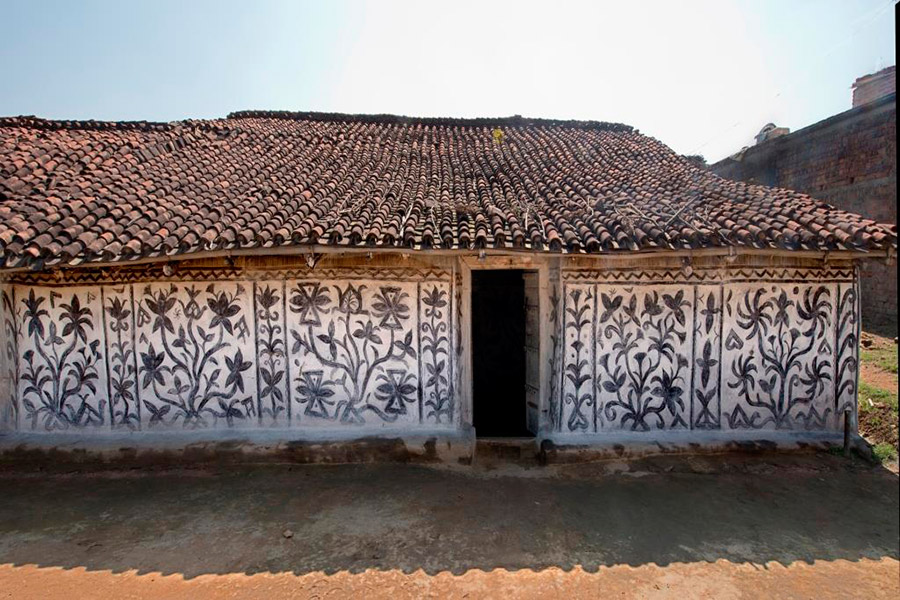Warli art, originating in Maharashtra, India, is a tribal art form reflective of the Warli people's cultural heritage and life, preserved over centuries. The art, characterized by its simplicity and minimalism, is usually done in white color on a red background, depicting various aspects of Warli culture. It's a medium of communication, conveying messages and stories to the tribe. Recently gaining international recognition, Warli art has been showcased globally, enhancing India's rich cultural preservation, even displayed prominently at the Indira Gandhi International Airport.










